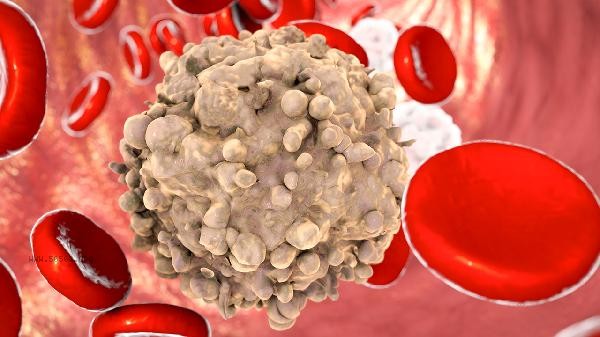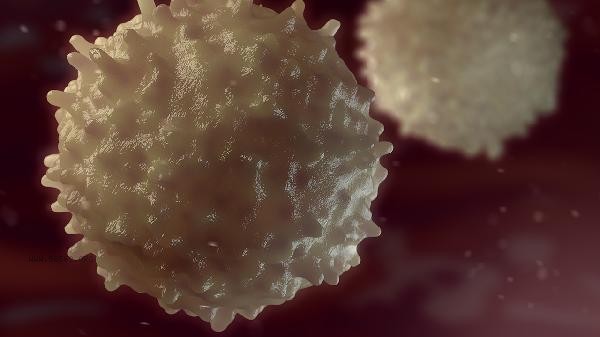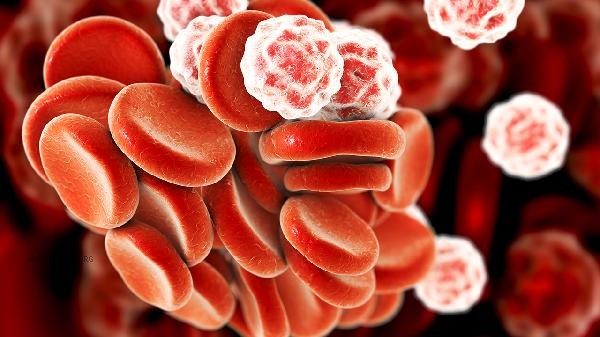The white blood cell count of 19 × 10 ⁹/L is significantly elevated and may be caused by factors such as infection, inflammatory response, hematological diseases, drug reactions, or physiological stress.
1. Bacterial infection:

Acute bacterial infection is the most common cause of leukocytosis. When pathogens invade the human body, the bone marrow accelerates the production of neutrophils to combat infection, leading to an increase in the total number of white blood cells. Commonly seen in diseases such as pneumonia, urinary tract infections, appendicitis, etc., it is usually accompanied by symptoms such as fever, local redness, swelling, and pain. It is necessary to identify the source of infection through blood culture and C-reactive protein testing, and to use targeted antibiotics for treatment.
2. Inflammatory diseases:
Non infectious inflammations such as rheumatoid arthritis, vasculitis, and other autoimmune diseases can stimulate white blood cell proliferation. The continuous release of inflammatory factors can promote the hyperfunction of bone marrow hematopoiesis, manifested as abnormal proportion of neutrophils or lymphocytes. These patients often have long-term joint swelling and pain, rash and other characteristics, and need to be diagnosed with immunological tests such as anti nuclear antibodies and rheumatoid factors. 3. Hematological disorders: Hematological disorders such as leukemia and myelodysplastic syndrome can directly lead to abnormal proliferation of white blood cells. This type of situation is often accompanied by immature cells such as primitive cells, and hemoglobin and platelets may exhibit synchronous abnormalities. Bone marrow biopsy is required to confirm the diagnosis, and chemotherapy or targeted therapy should be adopted according to the classification.
4. Drug factors:

Corticosteroids, adrenaline, and other drugs can stimulate the release of white blood cells from the bone marrow. Long term use of immunosuppressants may also cause reactive leukocytosis. Usually, the values gradually return to normal after discontinuation of medication, and regular monitoring of blood routine changes is required during the medication period.
3. Physiological stress: During intense exercise, mid to late pregnancy, severe anxiety, and other states, the stress hormones secreted by the body temporarily increase white blood cells. This change usually recovers on its own within 24 hours and has no pathological significance, but other pathological factors need to be ruled out. When a significant increase in white blood cells is found, peripheral blood smears, inflammatory markers, and other examinations should be improved to distinguish the cause. Infectious diseases need anti infection treatment during foot treatment; Hematological disorders require specialized evaluation; Drug factors should be balanced to adjust medication. Pay attention to daily observation for symptoms such as fever and bleeding tendency, ensure sufficient rest, and avoid excessive exercise that increases metabolic burden. Increasing the intake of high-quality protein and vitamin C in diet, such as eggs, lean meat, citrus fruits, etc., can help restore immune system function. It is recommended to recheck the dynamic monitoring indicators of blood routine every 3-5 days.









Comments (0)
Leave a Comment
No comments yet
Be the first to share your thoughts!